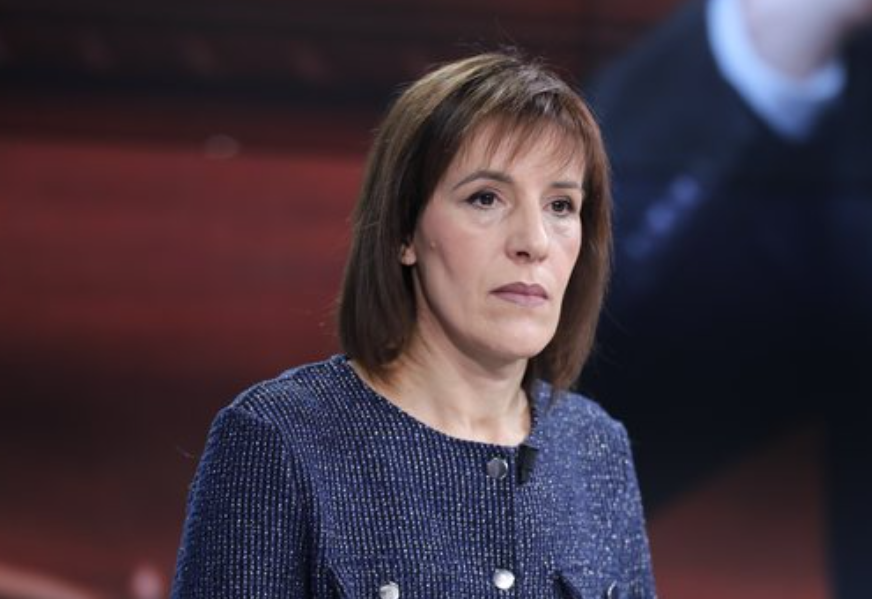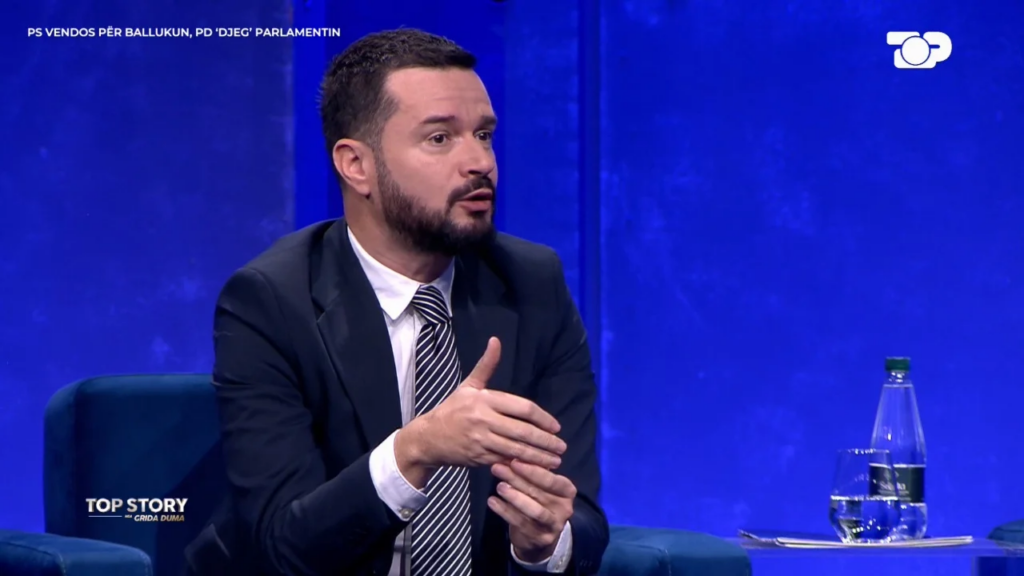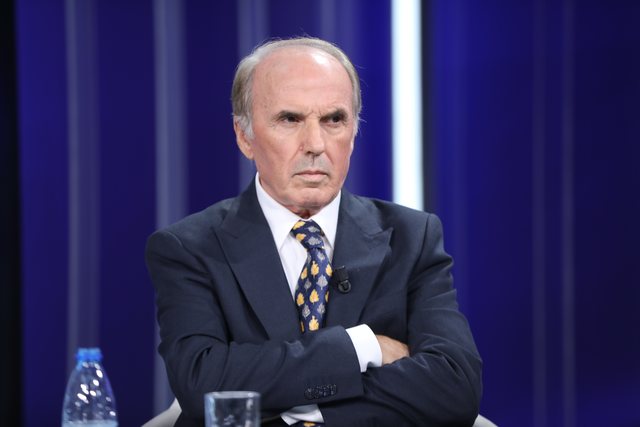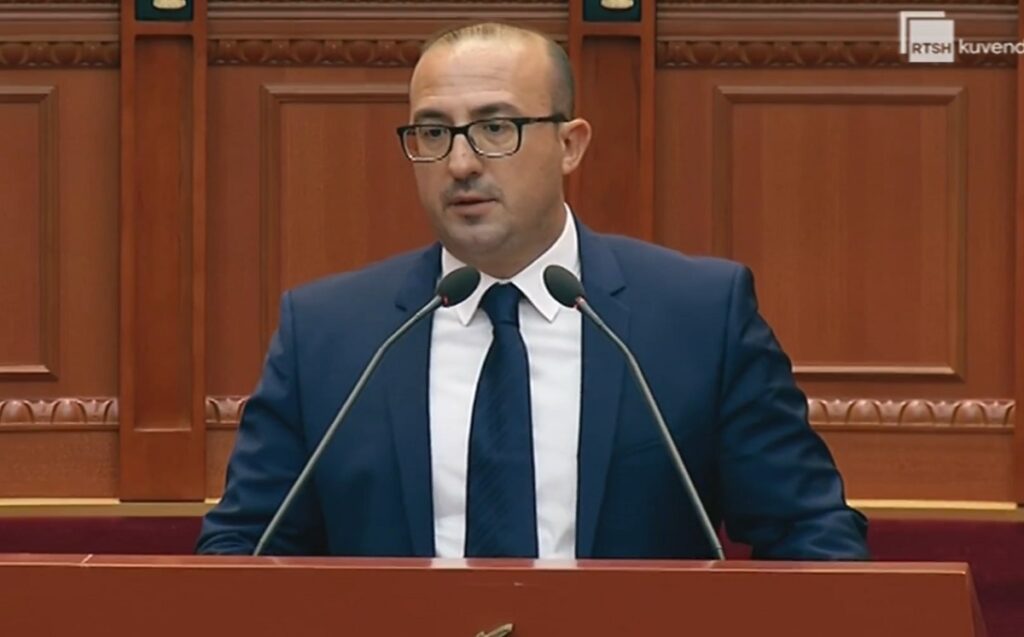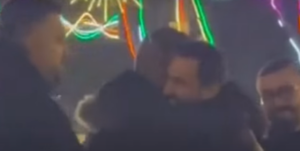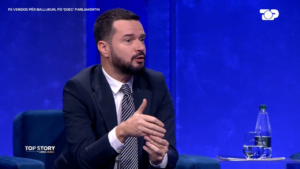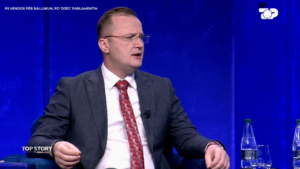A Balkan False Start

Nowadays, an average Belgrade-based Serb (around 23 per cent of Serbs live in the country’s capital) has no idea how the Albanian language sounds, has never been to Tirana and has no basic knowledge about the differences between the Albanians from Albania and Albanians from Kosovo. Although Albanians know much more about Serbia, Albania’s long-standing isolation from the outside world, its harsh democratic transition and the war in Kosovo did not encourage the development of mutual relations between the two countries. The last high-level visit between officials took place 68 years ago when the infamous Albanian dictator Enver Hoxha visited Josip Tito in Belgrade. It is believed that it was the best time of relations between the two states. In spite of high expectations, events of the previous weeks, did not serve as an ice breaker.
Missed opportunity
The visit of the Albanian Prime Minister Edi Rama has been planned for a long time and the dates were re-scheduled many times. Initially, it was scheduled for March 2014, but it did not happen due to snap parliamentary elections in Serbia. In the summer, it was interrupted by floods and then the visit by Pope Francis in Albania in August moved Rama’s trip to Belgrade to October 22nd. It is hard to imagine a better moment for such a historic visit as the Serbian and Albanian football teams were supposed to play the European qualifying match against each other. It was the first match between these two countries ever.
Unfortunately, great opportunities easily turn into great failures, especially if there is no willingness for dialogue on both sides. About a month before the game, the Football Association of Serbia asked its Albanian counterpart to provide a list with Albanian football fans coming to Belgrade, including their names and ID numbers. The Albanian Football Association’s answer to the request was negative so the Serbs did not allow football fans from Kosovo to come to the game. Later, Albanians from Albania were also banned from the stadium in Belgrade. Only VIPs from Albania could enter the stadium and watch the match. On the other hand, there were no restrictions for Serbian fans.
Since the beginning of the match, the atmosphere was extremely tense. Serbian fans were chanting: “kill, kill the Shqiptar (Albanian – the term using across South Slavic languages is considered derogatory by Albanians)” but the game was normal for 40 minutes until it was interrupted by the drone incident. The drone was hovering over the field carrying a flag with the contour lines of Greater Albania and images of Ismail Qemali and Isa Boletini, Albanian independence fighters and the key the fathers of Albanian statehood.
When one of the Serbian football players grabbed the flag, he was approached by an Albanian player and they began to fight. It did not take long for the football fans to enter the field so the game was stopped. Tabloids started the real information war. They quickly spread unchecked and unverified information that Olsi Rama, brother of Albania’s PM, was the drone operator himself. Chauvinism seized total control over the media for next few days.
Worse than it was
The Balkan bubbled up once again. Kosovo recalled the events from the war in 1999. In Vojvodina, a number of bakeries and cake shops owned by Albanians was destroyed within the first week after the match. In Montenegro, there were attempts to devastate mosques. Skopje and Sandžak in southern Serbia were also not totally calm those days. Serbs were outraged by fact that Albanians dared to wave a flag with a Greater Albania in front of their faces. Albanians could not stand Serbs’ songs calling for death to Albanians.
Politicians instead of calming the situation down made it worse. Serbian president, Tomislav Nikolić, claimed that Albania would need decades – if not centuries – to become a “normal state”. Serbian prime minister, Aleksandar Vučić, described the incident as a “serious political provocation” aimed at the humiliation of the Serbian nation. He added that Rama’s visit to Belgrade is now uncertain and it is him who will decide about visit of his Albanian counterpart in Serbia. Edi Rama replied that, unlike Albania, Serbia has no future. This quarrel between Albanian and Serbian officials was cut by German and American diplomats and Rama’s visit rescheduled for November 10th 2014.
Long way ahead
However, Serbian-Albanian relations do not need to look like this forever. Albania, unlike Kosovo, did not have such bad historical experiences with Serbia. What’s more, the concept of Kosovo’s unification with Albania is just that – a concept. Nobody in Tirana thinks seriously about it. The party that had this postulate in its agenda does not enjoy much popular support in Albania. So far, Albanians from Kosovo and from Albania have been divided and accused themselves of a lack of understanding. Albanians from Albania accused those living in Kosovo of ignorance during the communist times. Problems with the implementation of the Brussels Agreement and normalisation of the relations between Kosovo and Serbia also make Belgrade-Tirana rapprochement more difficult.
Now, when the emotions have calmed down, it is difficult to understand how it was possible that a football game caused the relations between the two states to become so hostile. It is important because without the normalisation of relations in the region there is no chance for any state to join the European Union. A false start does not mean the end – it rather means an unsuccessful beginning. Although the way to normalisation seems to be more difficult than expected, it is worth noting that everything is still ahead of us.
Translated by Bartosz Marcinkowski
Natalia Żaba is a journalist and interpreter based in Belgrade. She works at Balkan Investigative Reporting Network and cooperates with Al-Jazeera Balkans.
http://www.neweasterneurope.eu/
 KOHA JONË SONDAZH
KOHA JONË SONDAZH










